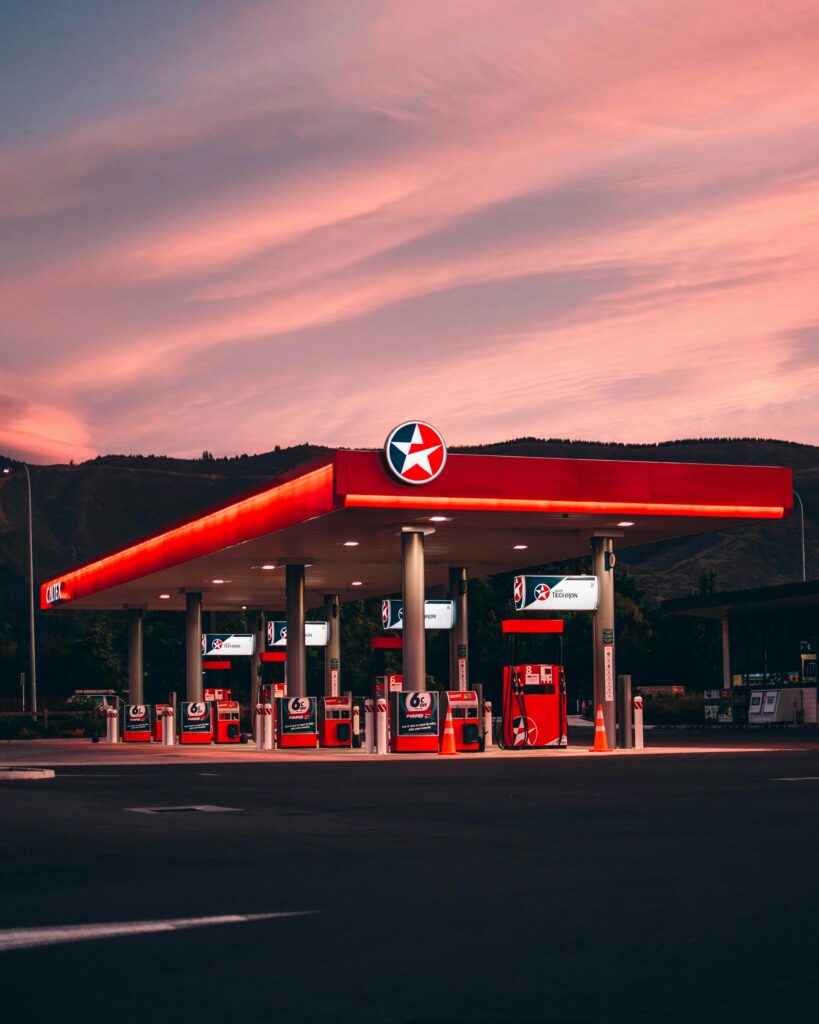In another blow to cost of living pressures, the Federal Government has increased the fuel excise by 0.8 cents per litre, nudging it from 50.8 cents to 51.6 cents. While that sounds like more pain at the pump, the reality for most drivers is less dramatic.
On average, the increase will add around $20 a year to your fuel bill, depending on your car’s fuel efficiency, tank size, and how often you fill up. It’s not great news, but it’s also not a budget breaker for most motorists.

The fuel excise is reviewed and adjusted twice a year, in February and August. It’s a federal tax, collected to fund road and transport infrastructure across Australia. According to the AAA, Australian drivers paid around $15.71 billion in net fuel excise last financial year, with that number expected to reach $67.6 billion over four years from 2023–2027.
But it’s not just the excise that determines pump prices. Fuel costs also factor in wholesale oil prices, service station overheads, and local retail strategies, all of which vary by region and provider.
Still, the Victorian Automotive Chamber of Commerce (VACC) argues the excise unfairly impacts lower income Aussies. “This is an indiscriminate tax that disproportionately affects low-income earners and families,” said VACC CEO Peter Jones. He also raised concerns about the lack of transparency around how fuel is priced, pointing out that GST is even charged on top of the excise itself.
If you’re curious how much fuel excise you pay, the Australian Automobile Association offers a handy calculator that breaks it down based on your location and usage.

